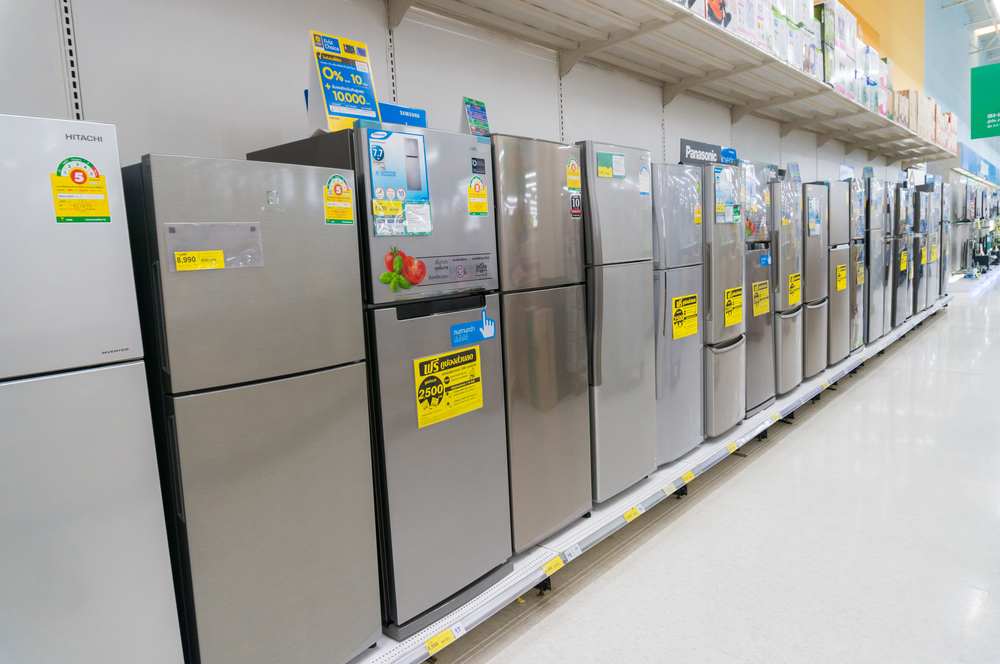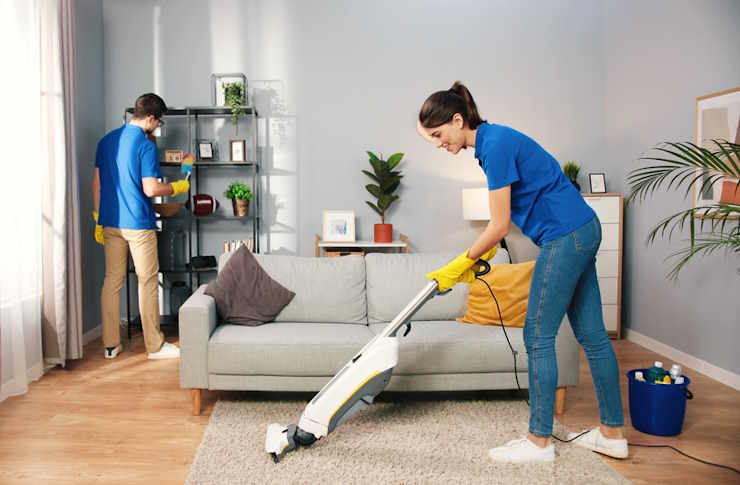Garage Sale Success: A Practical Guide to Decluttering and Profit
A great garage sale does more than turn clutter into cash—it frees up space, connects you with neighbors, and gives items a second life. With a little planning and smart presentation, you can boost turnout, keep the day running smoothly, and walk away with less to store and more in your pocket. Here’s a friendly, step-by-step guide to preparing, promoting, and executing a garage sale that feels organized, fair, and enjoyable for everyone in your area.

Clarify your goal and inventory
Start by deciding what success looks like. Are you focused on clearing space, maximizing earnings, or both? Your goal shapes your pricing, how you bundle items, and what you feature prominently. Walk through your home and garage with boxes labeled keep, sell, donate, and recycle. As you sort, create a quick inventory—either on paper or in a simple spreadsheet—with categories like clothing, toys, tools, home decor, small electronics, and books. If you plan to sell any electronics or small appliances, confirm they power on and include cords or manuals when possible.
Local rules vary, so check whether your city or homeowners’ association requires a permit or limits the number of sales per year. Plan for parking and foot traffic, and make sure pathways are clear and safe. Decide in advance what you’ll do with unsold items to keep cleanup fast: donation, consignment, or listing on community boards in your area.
Use bulk_create_keyword to group items fast
A simple way to speed up setup is to batch your organizing, pricing, and labeling. Create a “bulk_create_keyword” list—think of it as a tag or column in your inventory that lets you group like items quickly for faster decisions. For example, tag all children’s clothes with one label and assign a color-coded sticker; do the same for kitchenware, decor, and tools. Using a bulk_create_keyword approach helps you:
-
Price by category or quality tier to save time.
-
Keep multi-piece items together with consistent labels.
-
Prepare bundled deals (like sets of books or toys) without rethinking every single item.
This strategy is especially handy if multiple family members are contributing items, since you can keep categories consistent while tracking who owns what.
Price, display, and negotiate with ease
Clear, consistent pricing makes buyers more comfortable and speeds up transactions. Use large, legible stickers. To avoid constant change-making, round to simple increments. Place small items in bins by theme—craft supplies, office accessories, small tools—with one sign indicating the price for the whole bin. Group low-value items into bundles to increase perceived value and reduce leftovers.
Presentation matters: elevate items on tables rather than keeping everything on the ground. Hang clothing on racks by size or type. Put eye-catching or high-demand items near the front to draw attention. For items with quirks or minor flaws, a short note goes a long way—“works, minor scuff,” “missing one piece,” or “as-is.” If you’re open to negotiation, be friendly and firm. Consider timed discounts later in the day to move remaining items, and use “Buy more, save more” signs to encourage bigger purchases.
Promote to the right people, in the right places
Visibility drives traffic. Combine old-school and digital methods:
-
Signs: Use sturdy, weather-resistant signs with bold arrows and minimal text. Add your street name and the day. Place them on key routes leading to your block and remove them after the sale.
-
Community promotion: Post on local community boards or classifieds where people look for sales in your area. Keep descriptions short and searchable: list top categories and a few standout items.
-
Photos and highlights: A few well-lit photos of interesting items can double interest. Include sizes for furniture and condition notes when helpful.
-
Team up: If neighbors are keen, a multi-home sale can attract more buyers with one promotional effort. Mention “multi-family” in your posts and signs to entice bargain hunters.
Make the day smooth, safe, and welcoming
Prepare a checkout area with a small table, bags, and packing materials for fragile items. Plan for payment mix: many shoppers still use cash, while others prefer digital options. If you use digital payments, display a printed QR code. Keep cash secure, and avoid leaving your phone unattended.
Comfort and safety increase browsing time. Offer shade or a seating area, keep music at a low volume, and provide an uncluttered layout so people can move easily. Use extension cords with safety covers for testing electronics. Have a simple return policy posted—most garage sales are final sale, but clear wording prevents awkward moments. If you’re selling children’s gear, be mindful of safety standards; skip items that are recalled or missing critical parts.
Wrap-up: donate, recycle, and reflect
After the rush, move quickly to tidy up. Remove signs around the neighborhood, sweep the area, and pack unsold items into donate, recycle, or relist boxes. Many local services offer convenient drop-offs for textiles, books, and small appliances; check hours beforehand to avoid extra storage time. If a few higher-value pieces remain, consider listing them individually with better photos and clear descriptions.
Finally, note what worked well and what you’d change: timing, signage placement, table layout, popular categories, and any bottlenecks at checkout. Save your bulk_create_keyword inventory for next time—it’s a fast way to restart the process, especially if you plan a seasonal sale or combine efforts with friends or neighbors.
A well-run garage sale is less about luck and more about thoughtful setup: clear goals, organized batches, inviting displays, and good communication. With these steps, you’ll streamline the work, draw the right buyers, and give your items a useful second chapter.






